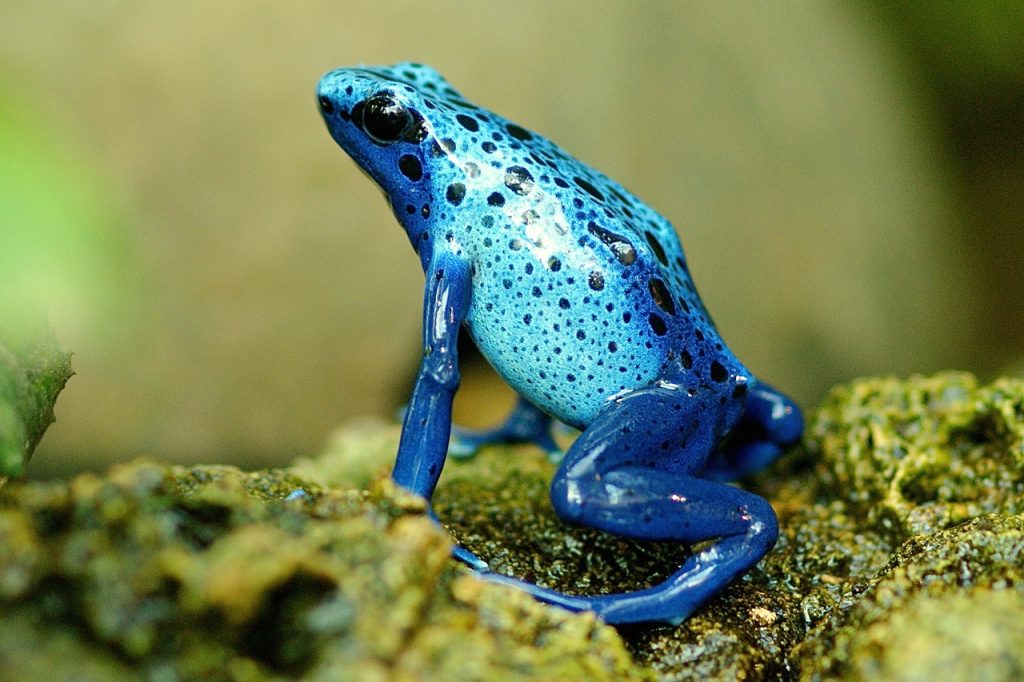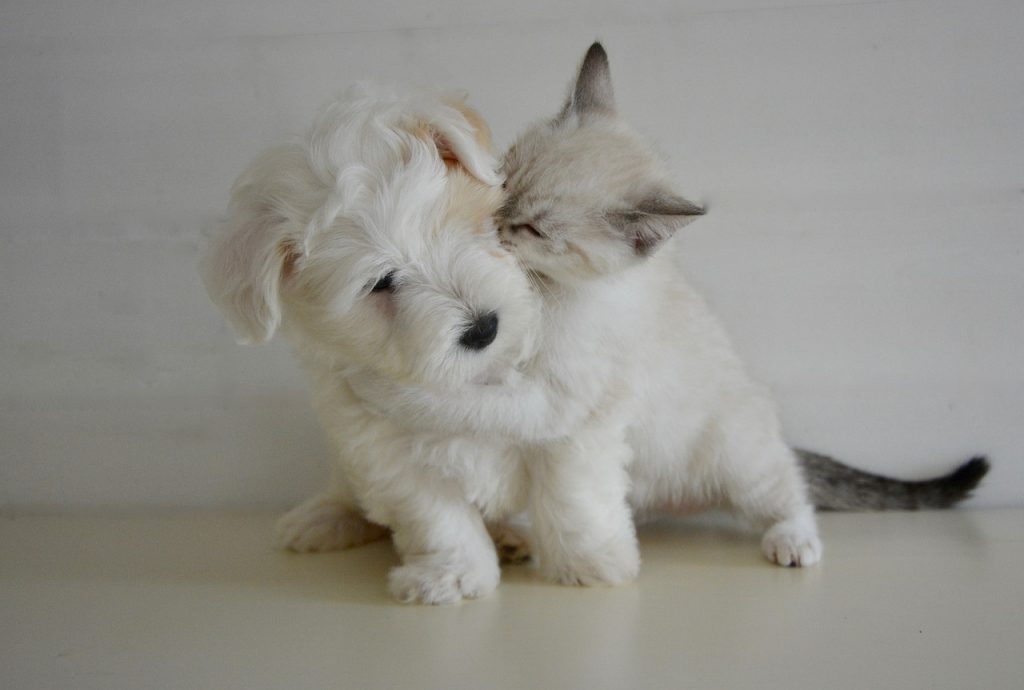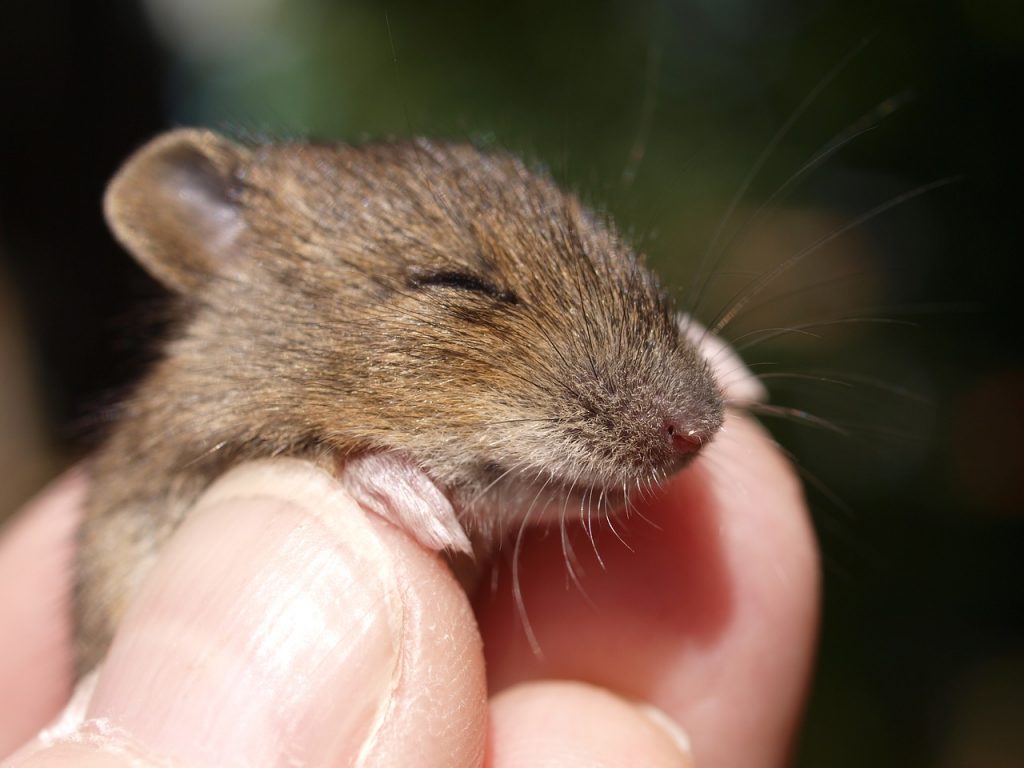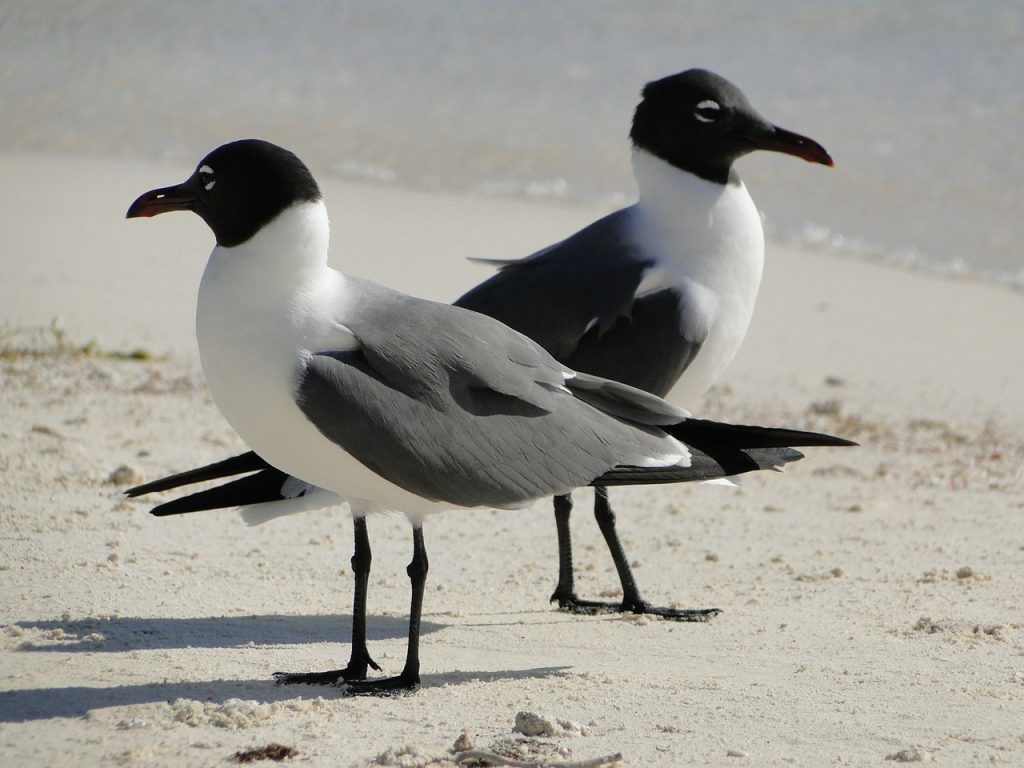
A while ago, I read about an experiment where kids were asked to draw a fish. One group was just told to draw a fish; the other group were told the same thing, but they were also given an example of a fish drawing someone else had drawn. The kids in the first group creatively drew all types of fish. The kids who were given the example, with few exceptions, drew fish that were very similar to the example. (I can’t seem to find this study or article again; if you know it, please put the link in the comment section).
I bring this up because it is yields a good lesson for all of us. And that lesson is: Flossing in an important part of good dental hygiene. OK, that’s not the lesson, but that’s still an important reminder. The lesson is that all of us in this sector have been given so many fish drawing examples—fundraising fish, capacity building fish, leadership fish, board governance fish, hiring fish, etc.—and they constantly and unconsciously affect how we think about and do everything.
If you think about it, so many of the things that we do are done a certain way because that’s just how someone else told us things should be done. There are few legal requirements. Which means most systems and practices are traditions that we pass down, and after a while, we just accept that that’s how we do them, the way the kids who were given a fish drawing example instantly assume that that’s the way a fish should be drawn.
Continue reading →




